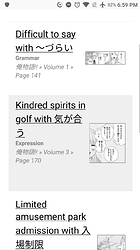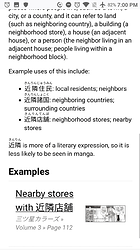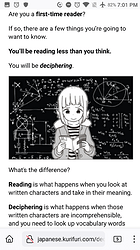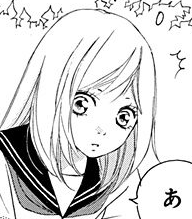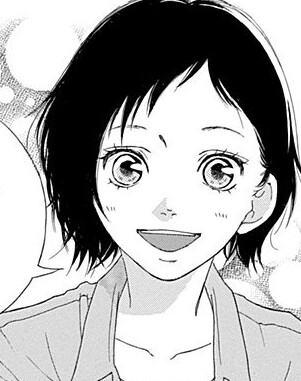I’ve been undecided whether I’ll re-read it, but it was very difficult for me as well. I think that was my third or fourth manga read, so I was still taking in all the grammar and building up pattern recognition.
I’m getting close to picking a series to read based solely on this.
(Feel free to skip everything below. It’s just me looking over what one of my potential next-reads may be.)
My tracking shows the following as recommended reads for vocabulary being as close to +1 as possible:
| Series |
Left |
Unique |
Overall |
| ひとりぼっちの○○生活 |
303 |
74.96% |
92.10% |
| 春色アストロノート |
156 |
77.90% |
90.45% |
| 甘々と稲妻 |
238 |
74.44% |
89.49% |
| 日々蝶々 |
432 |
67.37% |
88.50% |
| 春待つ僕ら |
865 |
60.59% |
88.28% |
For ひとりぼっちの○○生活, I read the first volume in (probably early) 2021. I had many kanji look-ups as there’s no furigana.
I haven’t gotten to volume two yet due to the time spent on kanji lookups. But Mokuro+Migaku 100% streamlines no-furigana kanji look-ups for me, so maybe I’ll get to it soon.
As for the numbers above, there are 303 unknown words I would need to look up, but this is spread across volumes 1 through 6. That’s an average of 50 unknown words per volume, roughly one unknown word every two or three pages. Next, factor in that there may be some characters introduced whose names I haven’t excluded from the stats, and it’s probably closer to one unknown word per two pages.
Then there’s 春色アストロノート, the story split across the Orange volumes. It’s about 135 pages of material, so that’s more than one look-up per page. (My stats above don’t factor in text density.)
The next three series I don’t know anything about. They’ve down in the 80%'s, so I’ll likely want to target learning their most frequent works before jumping into them.
When it comes to the kanji specifically (more important for series without furigana)
I also track stats for kanji.
I need to update my known kanji tracking to remove the ones I put into Anki then had become leeches.
Keeping that in mind, I get the following as recommended reads for kanji being as close to +1 as possible:
| Series |
Left |
Unique |
Overall |
| 日々蝶々 |
67 |
88.6% |
97.76% |
| 春色アストロノート |
35 |
91.1% |
97.06% |
| 6月のラブレター |
62 |
88.7% |
96.70% |
| 思い、思われ、ふり、ふられ |
234 |
76.9% |
96.66% |
| ひよ恋 |
172 |
81.5% |
96.45% |
Missing from this list is ひとりぼっちの○○生活, which has dropped down to position 19. I think if I looked up the names of all the main characters and excluded their kanji from the stats, it would rise up to a higher position.
日々蝶々 tops this list, showing there as being only 67 unknown kanji over the first three volumes. That means roughly one unknown kanji every eight pages.
Next, we have the return of 春色アストロノート. I plan to read this one after Orange, but if we have any one- or two-week breaks for holidays and/or to help people catch up (and if they don’t we kidnap their pets; sorry), I may slip reading chapters of this into the off-weeks.
I’m not familiar with 6月のラブレター and ひよ恋, but **思い、思われ、ふり、ふられ ** is the same mangaka as アオハライド.
I need to get back to learning new kanji (I accidentally closed Anki some weeks ago and instantly forgot to do my daily reviews since then…), but for now these stats have me looking to be in a comfortable position for a least a few manga series!
As for which one I’m likely to pick, ひとりぼっちの○○生活 volume two is unexpectedly (for me) a contender, but 日々蝶々 is in the top five for both lists so it’s getting closer and closer to being picked.


